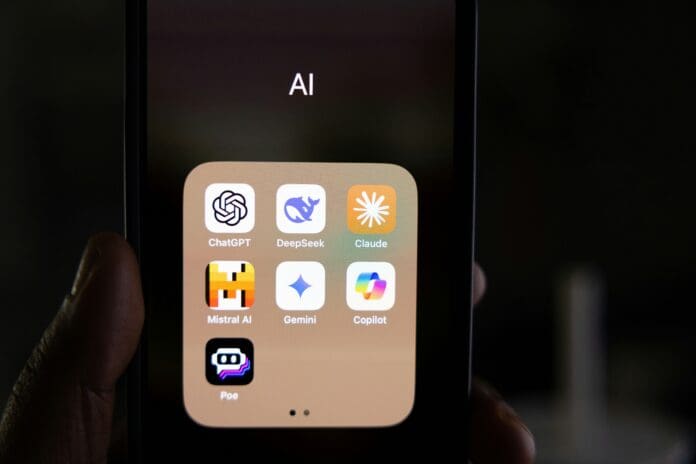This post is also available in:
 עברית (Hebrew)
עברית (Hebrew)
Baidu, one of China’s leading tech giants, is preparing for the next phase in the competitive artificial intelligence (AI) race, with a significant shift in its strategy. The company announced plans to open-source its Ernie AI model starting June 30, 2025, marking a pivotal move in response to the growing competition from startups like DeepSeek.
Ernie, Baidu’s large language model, has struggled to gain widespread user adoption, despite its claims of being on par with OpenAI’s GPT-4. According to AI product tracker Aicpb.com, Baidu’s Ernie Bot, which currently boasts 13 million active users, lags behind ByteDance’s Doubao chatbot (78.6 million users) and DeepSeek (33.7 million). To address this gap and increase market share, Baidu is now opting for a more open approach, making the upcoming Ernie 4.5 model freely accessible and open-source.
Baidu’s CEO, Robin Li, previously advocated for a closed-source model, but the success of DeepSeek’s open-source offerings at lower operational costs has influenced the company’s decision to pivot. During a recent conference in Dubai, Li acknowledged that the unpredictable nature of innovation means companies must remain adaptable to shifting dynamics. He also emphasized that the open-source move would expedite AI adoption and help spread the technology faster.
Baidu’s latest AI model, Ernie 5, is slated for release in the second half of 2025. It will feature multimodal capabilities, allowing it to process and convert various data formats, including text, video, images, and audio. This new generation aims to bolster Baidu’s position in the AI sector and potentially narrow the gap with competitors by offering a more versatile and cost-efficient solution.
Additionally, Baidu is also launching its Ernie Bot as a free service starting April 1, 2025, after introducing premium versions. With this combination of open-source models and free AI chatbot services, Baidu hopes to challenge rivals and accelerate its path to becoming a dominant force in China’s AI market.


























